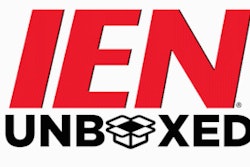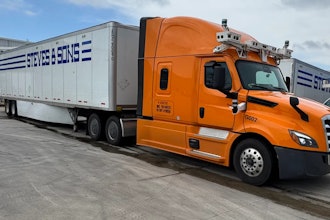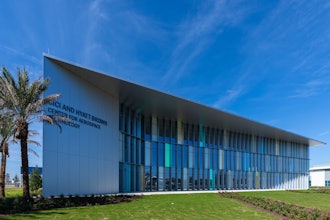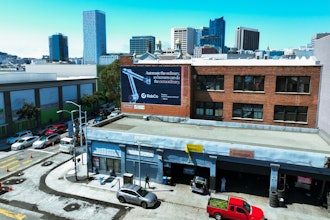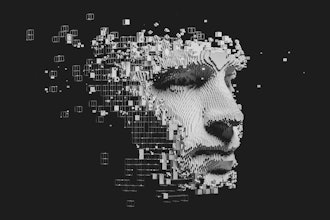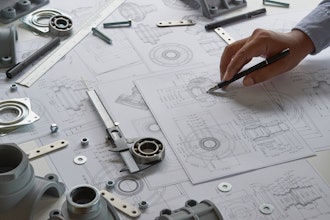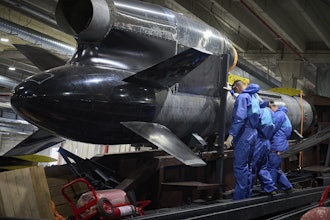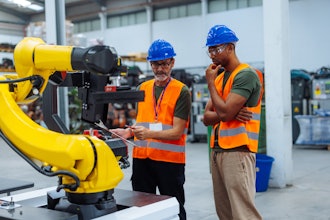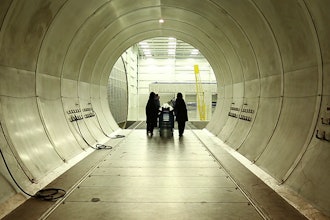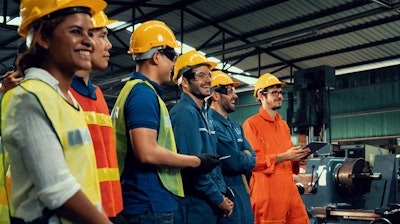
There's an uphill battle in the manufacturing world. As an older labor force retires, careers full of knowledge walk out the door. Recent pandemic workplace challenges have only accelerated retirement. Today, we face a challenge to effectively train the next era of productive workers.
This is not your grandfather's workplace. The digital age has created a generation that's grown up in a world where technology is ubiquitous. Digital natives have a distinct set of characteristics and preferences when it comes to learning.
They tend to be visual learners, preferring to process information through images and videos rather than text-based media. As a result, traditional training methods such as reading manuals and attending classroom sessions are not so effective in engaging these workers.
Digital natives tend to have a lower tolerance for slow-paced or outdated training methods, which can lead to a lack of retention. While video is often used as an alternative to manuals and classrooms, it is not always the most efficient or effective solution, as it can be challenging to fast-forward and rewind through the content or manipulate the sizing to find meaningful or specific moments.
While one-on-one live training is an excellent idea, finding experienced workers to provide training is difficult, and takes crew away from the day-to-day tasks that power the business.
Help Wanted: Better Training
When new employees must rely on traditional training methods, there's a risk that they won't retain essential knowledge. Couple that with the increasing complexity and precision required on the floor and in the field. Manufacturing needs novel strategies to train and retain younger workers who have different expectations for tools and training.
Industries and workplaces continue to evolve. As technology advances, employees must be trained in how to operate and maintain new machinery effectively. This involves not only the acquisition of new technical knowledge but also the development of critical thinking and problem-solving skills.
Language barriers present a significant challenge to effective training. Employees may come from diverse linguistic backgrounds, making it difficult to communicate technical concepts effectively. Addressing these language barriers requires careful consideration of the most appropriate training methods to ensure that all employees can understand and apply what they have learned.
Work With, Not Against, The Next Generation
It's important to meet people where they are these days. Visual learners will easily understand complex mechanisms if they're presented in a visual and dynamic language that's second nature to them.
There's a shift towards training via gaming environments and sophisticated gaming engine technology to make geometry from scratch or leverage 3D files that already exist. However, there are limitations to these new strategies. The cost to create gamified training is high. Complex gaming software requires expert design skills, and software development is time-consuming and prone to error. In all likelihood, it's a job that would need to be outsourced, taking up management's time and company money.
3D is Key
Your organization has untapped assets in the form of existing 3D CAD models that make new capabilities in training a reality. To truly understand how a mechanism works and to test different scenarios, a 3D model can show the details where manuals and video cannot. A trainee can manipulate and "pull apart" a 3D model, visually getting inside, to see how exactly the parts fit together. All at the user's pace and meeting the need for specific information, on demand.
Reusing CAD assets can lead to faster development, precision, and accuracy. It's a ready-made version of training gamification without the need to develop complex standalone software. Using gaming as a reward and certification as an incentive fits the new generation of workers.
By utilizing existing assets for training purposes, organizations sidestep the need to invest in expensive physical models or prototypes. The ability to manipulate and explore 3D models in a virtual environment means that trainees gain a deeper understanding of how mechanisms work and test different scenarios without the need for physical equipment. This can be particularly useful in situations where access to equipment is limited, or where the cost of operating and maintaining equipment is prohibitive.
The use of 3D CAD models for training means that companies can also reduce the risk of damage to physical equipment during the learning process. Trainees can experiment with different configurations and scenarios in a virtual environment, without the risk of causing damage or downtime to the actual equipment.
Confidence in the Future
The use of 3D CAD models for training leads to significant cost savings, increased efficiency, and improved learning outcomes for trainees. But this is just the beginning of what's possible with 3D CAD models. The future holds the potential for 3D printing of parts and workable augmented reality. The integration of digital twins could revolutionize the industry, and getting field service and maintenance teams familiar with 3D before its widespread adoption is crucial.
It's job number one to maintain consistency and standards in manufacturing. Companies rely on frontline workers to uphold quality and reputation, leading to customer trust. When workers are trained using digital tools that excite and inspire, they bring new confidence to the workplace and the field and remain highly engaged. And that's good for business.
---
John Major is an engineer and serial entrepreneur. He is the founder and general manager of CDS Visual, a Dover Company. Its CDS Mentor product enables manufacturing solutions to create and deliver 3D work instructions and immersive digital 3D training experiences.








